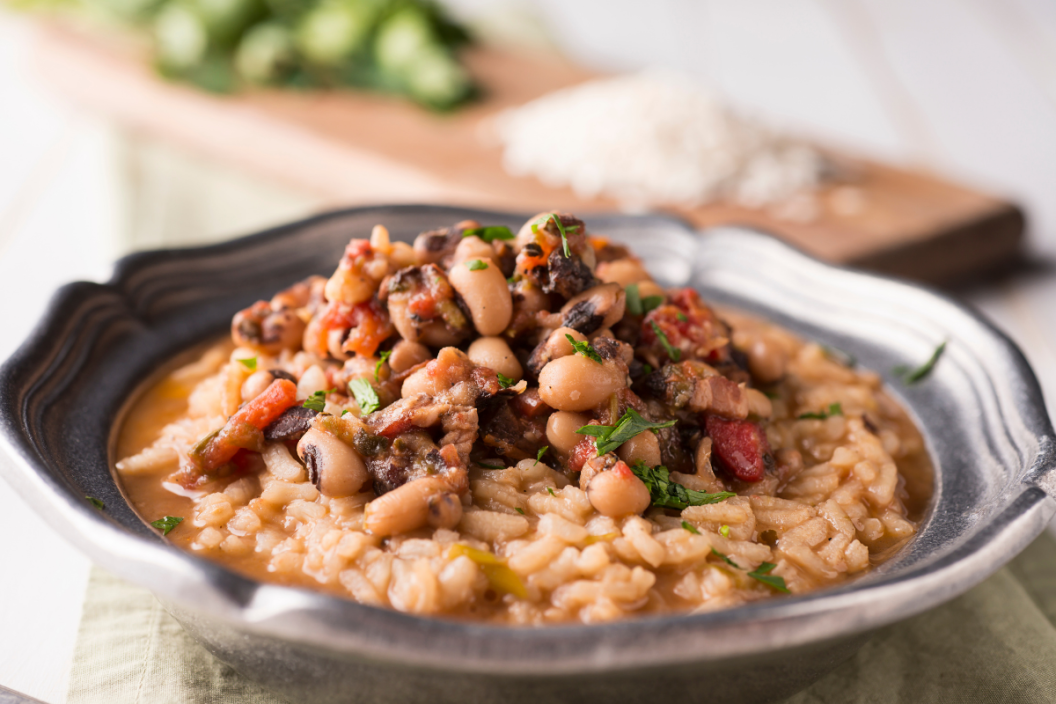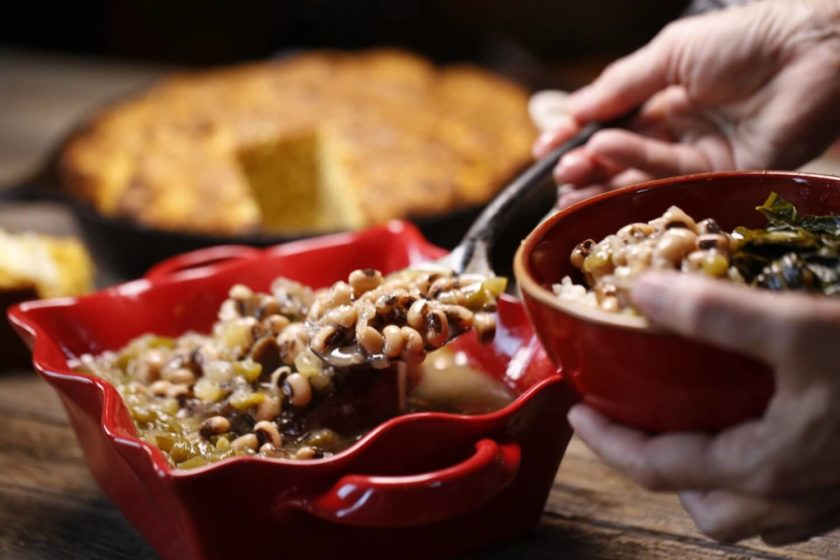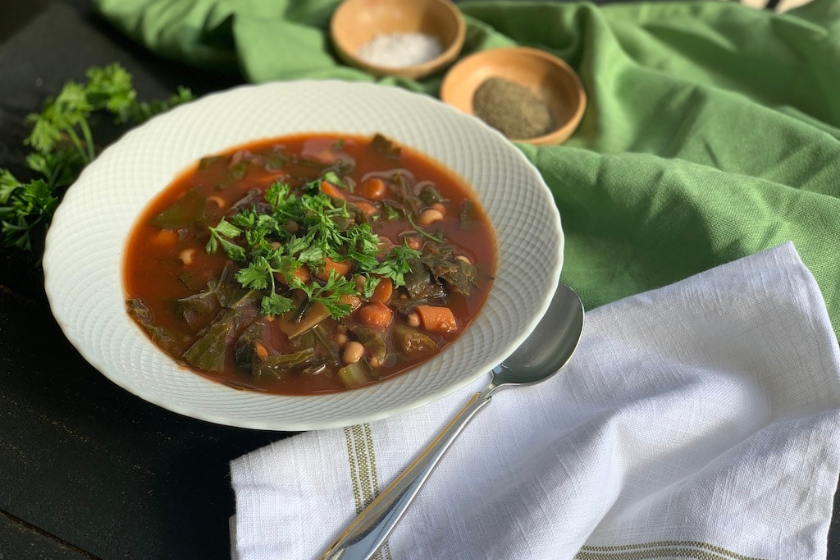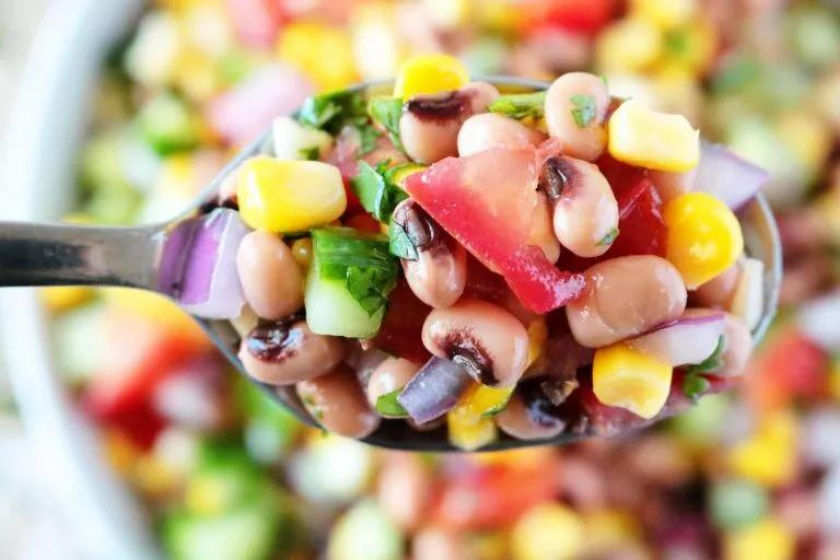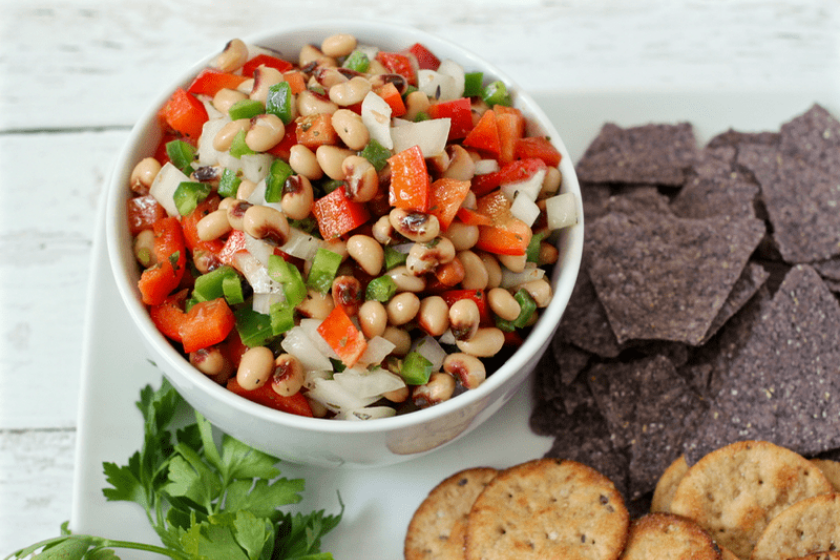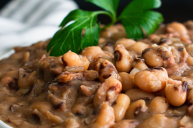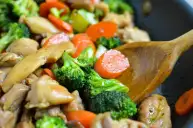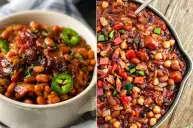The cowpea is an ancient plant with West African origins. In the American South, the cowpea's subspecies are more popularly known as black-eyed peas. However, Black-eyed peas are neither Fergalicious nor actual peas. They are actually legumes that pack a protein punch. Black-eyed peas are grown around the world for their versatile edible bean.
Videos by Wide Open Country
What are Black-Eyed Peas?
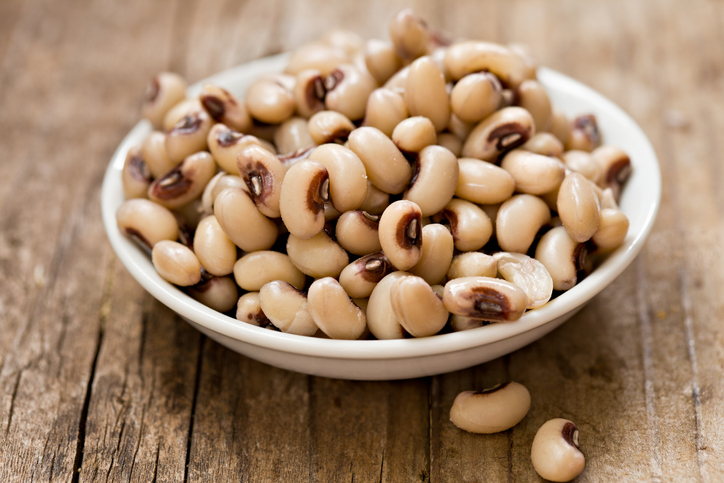
Getty Images
The most common variety for Americans is called the California Blackeye. Its name comes from the big black spot on the light-colored bean.
A half-cup of these confusingly named beans contains 14% of your daily value of protein and 25% of your daily fiber. They're an easy way to fill up fast. There are tons of surprising ways to incorporate these mildly flavored beans into all your entrees and appetizers.
These beans grow in long green pods and are shelled before eating. You'll find them on soul food menus and on the dinner tables of Southern families. Hoppin' John is one of the most important ways to enjoy this plant. This is a traditional dish made with ham hocks, bacon, or okra. It's served on New Year's Day with collard greens and cornbread. The peas symbolize coins for good luck and the greens represent money for a prosperous new year!
How To Use Them
Dried black-eyed peas are the most common way to find them in the grocery store. You'll need to soak them in water overnight. If you need to get cooking faster, try a quick soak method. Put the dried beans in a pot and cover. Bring to a boil for two minutes, and then let them soak for an additional hour in the pot. Drain and then recover the beans with fresh water and cook until tender. Keep the cooked beans in the refrigerator to toss into almost any recipe. Try an easy side dish like brown rice, red beans, and black-eyed peas or tossed into an appetizer salad with tomatoes, red onion, with a light vinaigrette dressing.
Black-eyed peas add a "meaty" flavor to any meatless dish. Add mashed black-eyed peas to mashed potatoes for easy hidden protein. Serve alongside BBQ, grilled cajun catfish, meatloaf, or a classic tender pot roast.
Add mashed black-eyed peas to veggie burgers, veggie patties and fritters, and veggie croquettes. Try black-eyed pea hummus by substituting the chickpeas for cooked black-eyed peas. Make a little indent for olive oil and paprika and dip your favorite pita or tortilla chips right in!
Our Favorite Black-Eyed Pea Recipes
Hoppin' John and Cornbread
Serve this traditional New Year's Day meal for good luck or just because it's warm, filling and delicious! Add collard greens, kale or okra for your greens. Bacon and jalapenos also find their way into some family recipes. Make it your own and make a new tradition.
Get the recipe here from Ginger and Baker.
Black Eyed Pea Soup
This recipe helps pull it together fast by using canned black-eyed peas. Potatoes, carrots, and collard greens all simmer together in vegetable broth with the protein and fiber benefit of the prized legumes. This rich soup tastes even better the second day so make a big batch.
Get the recipe here From Kelly Stilwell.
Black Eyed Pea Salad
Use either canned or cooked from scratch peas for this colorful salad. Dice up your favorite crunchy veggies and add some crumbled cheese or cubed salami to make it a great cold salad option that fills you up with healthy fiber. Let it marinate in a vinaigrette dressing to pull it all together.
Get the recipe here from The Anthony Kitchen.
Mississippi Caviar
The blend of black-eyed peas with black beans, corn, tomatoes, onion, and peppers is a hit at all Southern gatherings.
Serve it with tortilla chips or spoon it on top of burgers or grilled chicken. Add it to your Taco Tuesday and watch the colorful "caviar" disappear into taco shells and tortillas.
Get the recipe here from Family Food on the Table.
